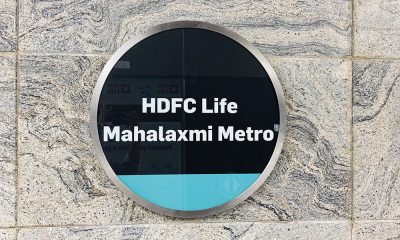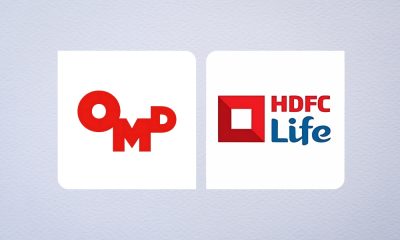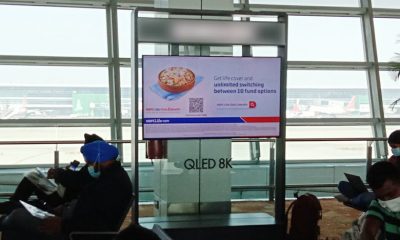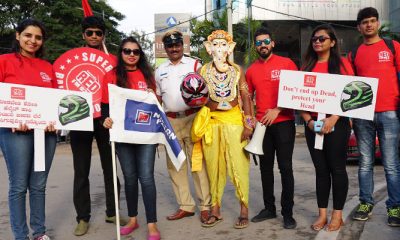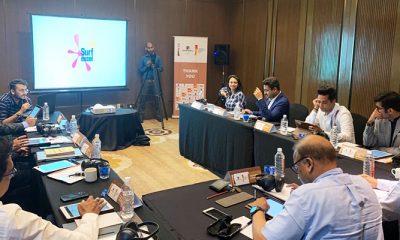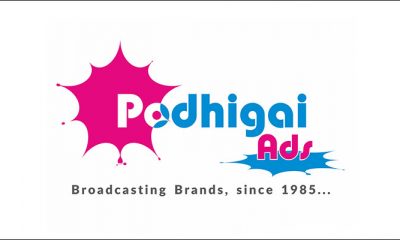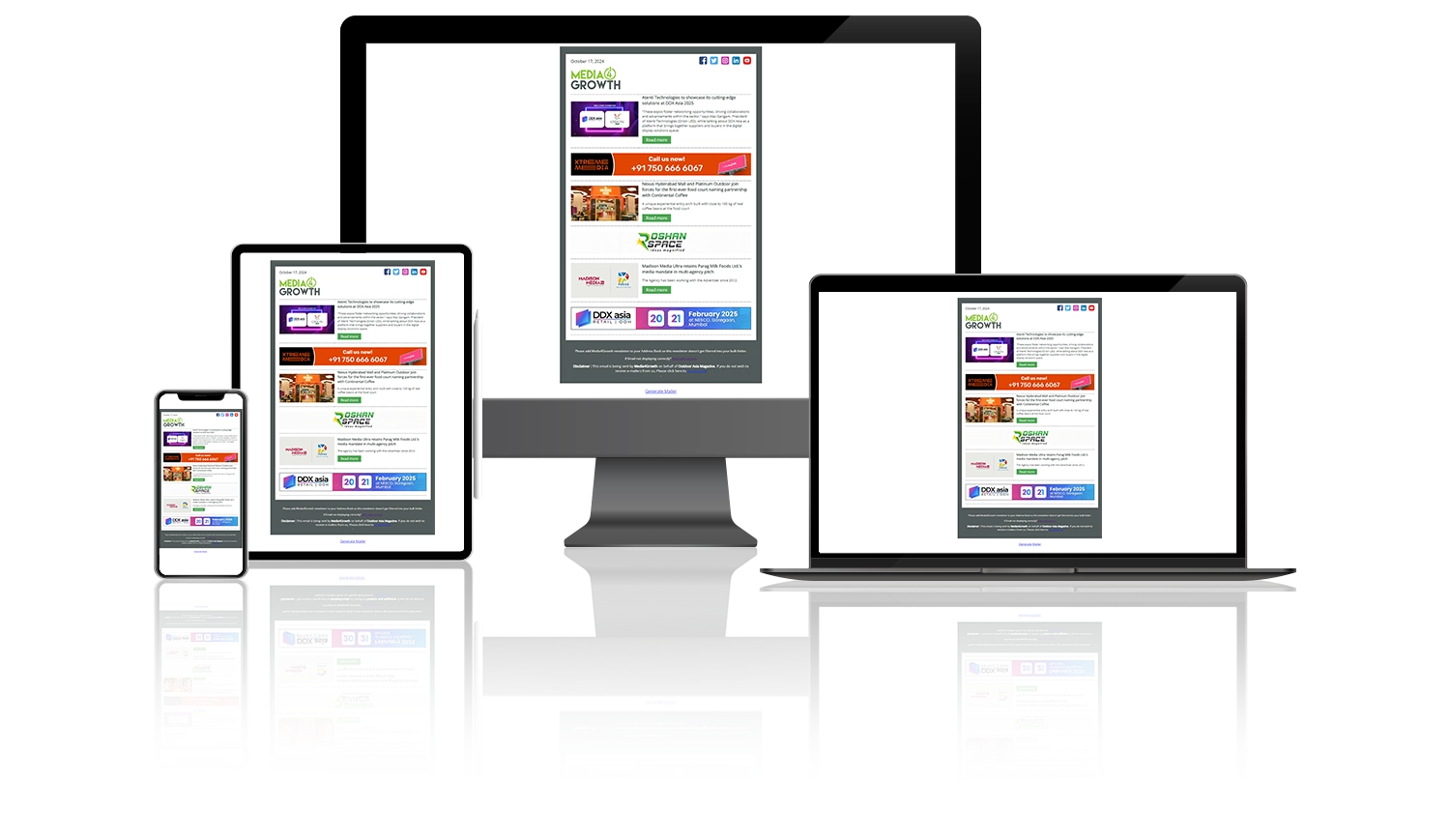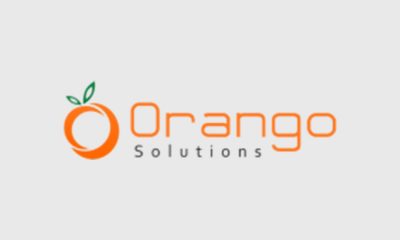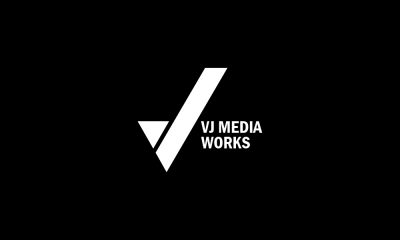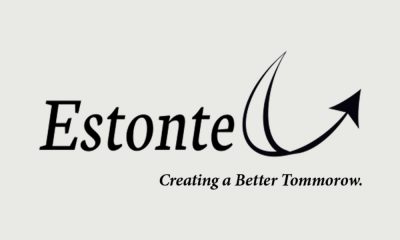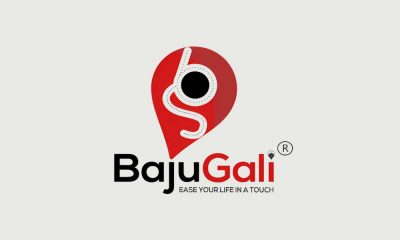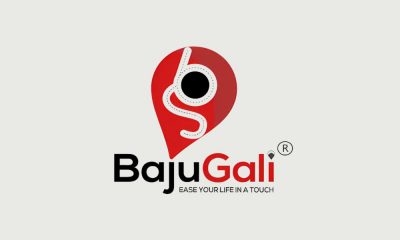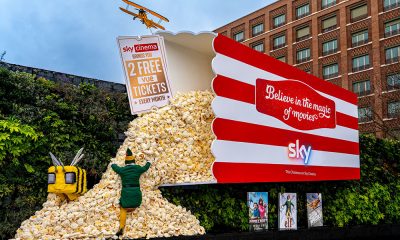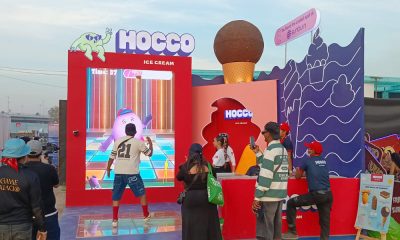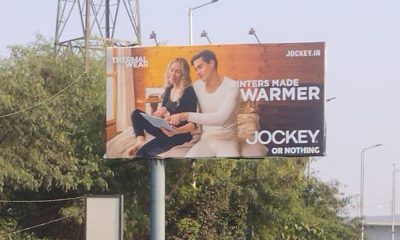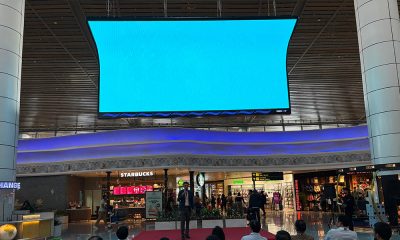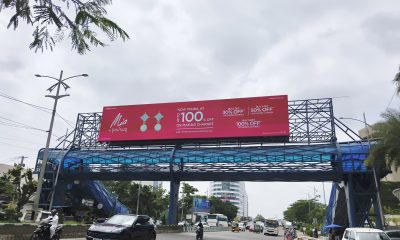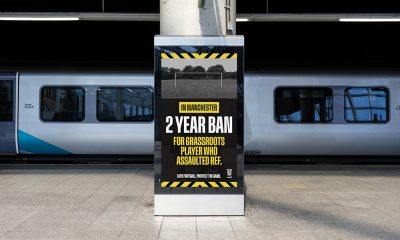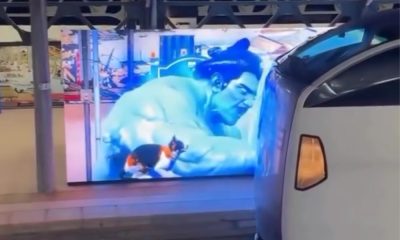Media Planning & Buying
Engagement is key to effective OOH advertising: Brand leaders
The Indian OOH media is at an inflection point. On one side, there is a big opportunity to engage with a greater number of advertising brands. On the other side, there are expectations from the existing and potential advertisers that the industry should overhaul its practices, enhance the service quality, introduce new and innovative media assets, and offer a more enriching customer experience.
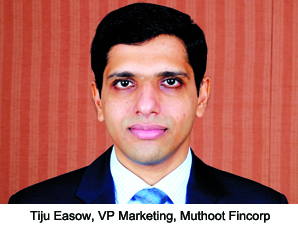 Over the years, Indian OOH media has taken on a new avatar. But has this lead to change in the expectations of brand marketers? Absolutely, there has been a sweeping change in their mindsets and approach towards OOH advertising.
Over the years, Indian OOH media has taken on a new avatar. But has this lead to change in the expectations of brand marketers? Absolutely, there has been a sweeping change in their mindsets and approach towards OOH advertising.
Earlier, their expectations were limited to getting noticed via the OOH platform but today they expect engagement and direct communication with their TG. “As a medium, OOH provides a lot of opportunities to be innovative and also to engage with customers. Hence, it is important that the OOH agencies think from the brand’s perspective, understand the overall business and marketing objective and collaboratively work on creative as well as explores different media innovations. In effect, it should help the brand build a strong connect with the target audience, says Tiju Easow, VP Marketing, Muthoot Fincorp.
On a different level, Sudeep Narayan, Marketing & PR Director, Volvo Auto India, raises a list of some serious expectations, such as, “Why can’t we have weather-proof/storm-proof sites. Secondly, expectations are KPIs and an eyeball report for OOH. The forum has been discussing this for a long time now and there isn’t any syndicate data to substantiate this. Lastly pricing, we are still working as a fly-by-night or an unorganised set-up. There needs to be some balance for marketers to restore faith in the medium, he shares.
 While talking about her expectations from OOH, Vaishali Sharma, VP – Marketing, Sony Max, says, “My first expectation is with regard to the quality. The industry needs to ensure the best quality. In smaller locations, the quality has to go up. The second requirement is some strategy and method to be applied while developing the properties. As of now, the formats are placed randomly. There should be some uniformity to it. The third requirement is to get better concepts to develop the creative communication. There is a need to continuously develop new ideas and techniques.
While talking about her expectations from OOH, Vaishali Sharma, VP – Marketing, Sony Max, says, “My first expectation is with regard to the quality. The industry needs to ensure the best quality. In smaller locations, the quality has to go up. The second requirement is some strategy and method to be applied while developing the properties. As of now, the formats are placed randomly. There should be some uniformity to it. The third requirement is to get better concepts to develop the creative communication. There is a need to continuously develop new ideas and techniques.
On the same note, Prasun Kumar, Head – Brand, Communication & Insights, Reliance Communications, echoes, “The expectation from OOH industry is to bring in more transparency, accountability and technology. Every brand manager looks for measurability and ROI and that is an area where OOH needs a lot of improvement.
Siddharth Subramaniam, Principal Manager- Media, ITC Foods, expects customisation of campaigns with proper calculation. He adds, “We have a visibility index through which we customise our campaigns. We also see which brands need impact and which brand needs reach. And if there is any new product launch then we look out first for reach and then impact. If there is any existing brand coming with a second in a short burst then we will look at impact where we will focus on specific locations rather than going everywhere.
Strategies @ Their Best
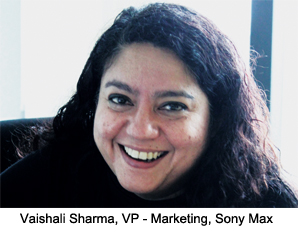 Each category has a different set of beliefs and demands based on which they like to design their campaigns to fully leverage this on-road medium. It is interesting to witness how the campaign approach varies with each category and brand.
Each category has a different set of beliefs and demands based on which they like to design their campaigns to fully leverage this on-road medium. It is interesting to witness how the campaign approach varies with each category and brand.
Amitesh Rao, Director- Marketing, MTS, believes their campaign’s success lies in their strong buying efficiency. As he explains, “We are one of the few operator brands in the country that is using an e-bidding platform to buy outdoor which sort of shows that it is a transparent marketplace where rates are driven purely on the basis of demand and quotes offered by different suppliers for the same product. So we have got a strong buying efficiency out of that. We also follow standard practices of OOH planning in terms of catchment areas, TG, and how we use OOH as a supplementary medium for an overall 360 degree campaign.
From a tourism brand perspective, an OOH campaign can stand out of the clutter with appropriate usage of images. “As a tourism board we attempt to do something different each year and play with the images of South Africa, creating a lasting impression in the mind of consumer, says Hanneli Slabber, Country Manager, South Africa Tourism.
 However, Vodafone customises its plan with the objective of taking it to the interactive level and for high recall. Ronita Mitra, Senior VP, Brand and Consumer Insight, Vodafone India, explains, “We try and ensure that any OOH visibility can be stretched to include engagement where possible and aggregate the presence generated by store signage, retail assets, etc., as well. For tactical campaigns, the first thing to consider would be who you are targeting and what you aim to deliver via the product / service. We then choose media based on available data about consumers’ media consumption patterns for the TG. We obviously layer in some visibility at significant points in the markets to ensure broader reach and impact.
However, Vodafone customises its plan with the objective of taking it to the interactive level and for high recall. Ronita Mitra, Senior VP, Brand and Consumer Insight, Vodafone India, explains, “We try and ensure that any OOH visibility can be stretched to include engagement where possible and aggregate the presence generated by store signage, retail assets, etc., as well. For tactical campaigns, the first thing to consider would be who you are targeting and what you aim to deliver via the product / service. We then choose media based on available data about consumers’ media consumption patterns for the TG. We obviously layer in some visibility at significant points in the markets to ensure broader reach and impact.
Red FM, a prime OOH spender from the radio industry, designs its OOH campaigns to complement their station identity. “There is so much of clutter all around and so many campaigns break simultaneously, be it within your category or outside. Therefore, to get noticed you have to use any medium smartly and OOH being no exception. What you put in terms of messaging and how you put in terms of innovation play a key role for your communication to stand out. We have always thought of doing outdoors in a way that our communication message should be interesting and it should be executed in an innovating manner, elucidates Rajat Uppal, GM – Marketing, 93.5 Red FM.
Productive Market Situations
 The current GDP growth seems to be taking better shape and market conditions are also indicating promising response. Subsequently, does it mean that this is a lucrative time for brands to re-connect with audiences, that too via OOH? Well, different brand marketers have unique understandings about the current situation.
The current GDP growth seems to be taking better shape and market conditions are also indicating promising response. Subsequently, does it mean that this is a lucrative time for brands to re-connect with audiences, that too via OOH? Well, different brand marketers have unique understandings about the current situation.
Easow evaluates the marketing and comments, “Along with external factors, internal business requirements and the overall marketing objective, brands need to look at, when and how to reach out to their target audiences in a cost-effective and impactful manner. So will the responsibility go to OOH medium? “OOH has always been an important part of our overall media mix, considering that it gives visibility at the ground level and also helps in creating a buzz locally. Going forward too we will look at this media.
“As urban India is expanding, people are now spending a lot of time out of home. With rise in GDP, the consumerism behaviour further drives the populace to outdoor. Also, with improving infrastructure, many new avenues are also expected to open up in the OOH space believes Sanjay Tripathy, Senior Executive Vice President, Marketing, Product, Digital & E-Commerce, HDFC Life. On the contrary, Narayan sees this as the right time to reinforce brand equity with the Indian customers. However he doesn’t find the immediate quarter an appropriate time for OOH but the festive season will usher OOH medium.
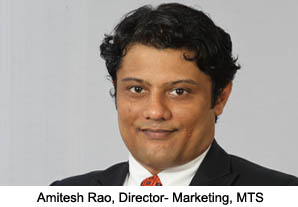 “The time we would say is good time to reinforce our consumer connect. A blend of appropriate OOH medium and BTL activities coupled with our ever consistent customer service would go the last mile in customer retention and new accounts. With a background such as this we may look at marginally stepping up our OOH Initiatives to get in more of the potentials in the market, shares Samir Miglani, Head – Brand & Marcom, Uninor.
“The time we would say is good time to reinforce our consumer connect. A blend of appropriate OOH medium and BTL activities coupled with our ever consistent customer service would go the last mile in customer retention and new accounts. With a background such as this we may look at marginally stepping up our OOH Initiatives to get in more of the potentials in the market, shares Samir Miglani, Head – Brand & Marcom, Uninor.
However, Sharma finds even when GDP growth wasn’t appearing to be that promising, there was always urgency to move along their channel with a larger media mix and effective campaigns.
Uppal says it is too early to predict considering their budgets fairly depend on the budgets of their station customers. “It is too early to comment on how the year will pan out. If the year pans out good from the sales perspective then surely brands will push in more money to market their products. If this year goes well then we will also look at increasing the overall marketing spends which in a way will have an impact on the spends on OOH, he explains.
OOH Budgets = Up or Down?
 The OOH budgets have always been dicey because any reductions in monetary charts directly causes an adversary impact to the OOH medium as it is perceived by many as an optional medium. Moreover, 2013-14 was a mixed year of sorts, so how is 2014-15 going to be?
The OOH budgets have always been dicey because any reductions in monetary charts directly causes an adversary impact to the OOH medium as it is perceived by many as an optional medium. Moreover, 2013-14 was a mixed year of sorts, so how is 2014-15 going to be?
Soch, a growing apparel brand, allots maximum budget to OOH medium and their OOH budget surely looks to increase. “Our store counts are going up and we are literally doubling the size this year. Extra stores give me the extra budgets so obviously in cities where I have more stores, I get to spend more and a huge portion of that incremental spend that I get goes to OOH medium, shares Vinay Chatlani, Chairman & COO, Soch.
On the other side, Dainik Jagran doesn’t see its OOH share going up but still it remains to be the highest out of all. “Currently, we spend about 50 per cent of our budgets on OOH. While I don’t see a possibility of percentage share contribution going up the absolute level of spends will remain high, says Basant Rathore, VP – Strategy & Brand Development, Dainik Jagran.
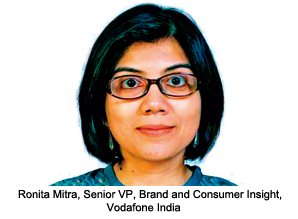 However, the case is not same with all the brands. MTS has been continuously reducing their OOH budget for the past few years due to some inefficiencies and factors which have caused the brand to actually reduce the spend on outdoor medium in terms of their overall media mix.
However, the case is not same with all the brands. MTS has been continuously reducing their OOH budget for the past few years due to some inefficiencies and factors which have caused the brand to actually reduce the spend on outdoor medium in terms of their overall media mix.
Muthoot Fincorp doesn’t follow a standardised process of distributing the budgets. “A lot depends on the campaign objective. In fact, we have used OOH extensively for some of our campaigns. We will continue using this media in an effective and efficient manner, explains Easow.
Moreover, Miglani says that increase in OOH spends are taken up according to seasonal times such as events and festivals.
Vodafone continues to be an OOH loyalist brand as they are planning to hike their OOH budget. “Currently, we spend over 12 per cent of the total media budget on OOH. Looking at the changing consumer behaviour, lifestyles and new media opportunities in outdoor medium, we would like to engage with the consumer at various locations using various formats. We anticipate an increase of 3-5 per cent in our overall OOH spends going forward, says Mitra.
Innovations – A Driving Force
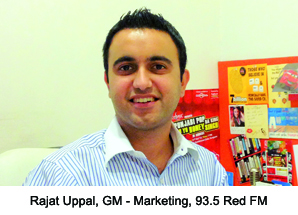 Well, the industry has seen abundant innovations and unique concepts on various formats. But the brands’ expectations have been rising. With each new brief, brands are looking for another mind-boggling campaign which is fresh and never seen before. But after so much of experimentation, what is actually the next stage of innovation for them?
Well, the industry has seen abundant innovations and unique concepts on various formats. But the brands’ expectations have been rising. With each new brief, brands are looking for another mind-boggling campaign which is fresh and never seen before. But after so much of experimentation, what is actually the next stage of innovation for them?
“Innovation has been a much used and abused term in marketing. While a lot of people talk about it, I have seen little happening in reality. The understanding of innovation in OOH has been limited to playing around with form and format of the hard asset. However, the real innovation which engages with and impacts consumers will be driven by infusion and fusion of technology with the medium. For example, a talking billboard which can offer deals on real time basis to consumers will be an innovation that will add tremendous value to consumer experience and brand objectives. I do see such concepts being tried by brands in near future as more questions are raised about the effectiveness and ROI, says Kumar.
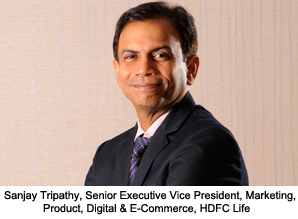 Rao adds, “The expectation hasn’t change in last 2-3 years. I think clearly innovation lies in the way outdoor entices with electronic and digital medium and that is very interesting space with a lot of room for creativity and flexibility in the way that brands can engage with consumers. There are already several tools, platforms and best practices available which consumes ambient media along with digital and social media to play very powerful engagement stories for brands.
Rao adds, “The expectation hasn’t change in last 2-3 years. I think clearly innovation lies in the way outdoor entices with electronic and digital medium and that is very interesting space with a lot of room for creativity and flexibility in the way that brands can engage with consumers. There are already several tools, platforms and best practices available which consumes ambient media along with digital and social media to play very powerful engagement stories for brands.
Tripathy considers innovation as the need of the hour in the cluttered environment of OOH industry. As he states the formula for innovation, “A right idea, right creative, right medium and right execution can create wonders. To my mind, OOH is such a medium that can be customised to the requirement to the best and can really add three dimensions to the thought. There have been many good innovations, and ideations, but there is a need to make these more consumer interactive.
While giving a new approach to innovation, Rathore says, “I think innovations that actually carry the brand story forward are the ones that are of value. Just trying hard to catch attention through innovation is not enough. Therefore, OOH industry/planners must get more integrated with the brand communication story and context to relay it better to consumers.
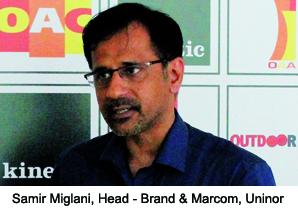 Nevertheless, as per Slabber the onus of creating something out-of-the-box lies on all OOH concessioners. “Outdoor needs to come out more intelligently to ensure that people understand the message. Smart outdoor that recognises and reacts to consumer types is the call for the future. OOH today is becoming a strategic element of every company’s media mix because of its innovativeness and impact. Creative agencies and brands need to explore innovative ways to communicate the brand and its USP in a meaningful and relevant manner. Moving forward, there has to be a revolution in outdoor creative, she clarifies.
Nevertheless, as per Slabber the onus of creating something out-of-the-box lies on all OOH concessioners. “Outdoor needs to come out more intelligently to ensure that people understand the message. Smart outdoor that recognises and reacts to consumer types is the call for the future. OOH today is becoming a strategic element of every company’s media mix because of its innovativeness and impact. Creative agencies and brands need to explore innovative ways to communicate the brand and its USP in a meaningful and relevant manner. Moving forward, there has to be a revolution in outdoor creative, she clarifies.
DOOH — Way Forward
The entire Indian OOH industry is looking forward to the successful arrival of DOOH. Even it seems to be on the top of a brand’s wishlist but while recalling the last tryst with digital OOH in India, the question arises whether brands are seriously ready to make a sufficient place for it in their budget charts.
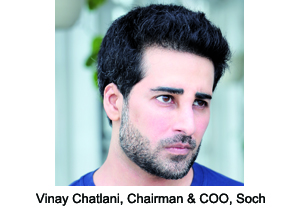 While talking about DOOH, most of the brand marketers seems to be excited and apprehensive; both as they surely find it a way forward but one big apprehension is setting their spirits back i.e.’Price Issue’. “Today there are constraints because of lack of availability. But if there are options priced realistically in this space, advertisers will look at it, says Rathore. Likewise Narayan shares, “The costs for DOOH are prohibitive.
While talking about DOOH, most of the brand marketers seems to be excited and apprehensive; both as they surely find it a way forward but one big apprehension is setting their spirits back i.e.’Price Issue’. “Today there are constraints because of lack of availability. But if there are options priced realistically in this space, advertisers will look at it, says Rathore. Likewise Narayan shares, “The costs for DOOH are prohibitive.
“Digital media though still very nascent, is slowly paving way for integration of mobile and outdoor advertising. It is considered one of the most exciting new things to have emerged in the OOH space. The potential of digital OOH if fully exploited can be a game changer in the advertising area and can actually become and independent driver medium, articulates Mitra.
MTS brand is surely looking forward to that as their objective is engagement with brands, not just passive viewership of message. “The best way to drive that engagement is to find a way to use digital along with OOH. If there are cost-efficient ways of doing that, the most marketers will be very interested in that kind of space, states Rao.
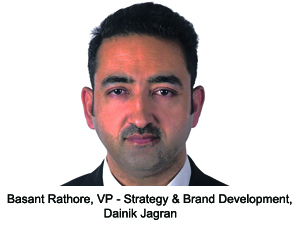 Well for Soch brand, this will be an exciting venture but it doesn’t mean it will be an end of conventional formats era. “Yes, I think so but we would probably still like to stick to conventional as well. It depends on what percentage of the media gets converted into digital. In most of the cities, there are barely one or two LED screens and even those aren’t working properly most of the time. It all depends on how much is going to change. If the infrastructure is good and it is working well then I would definitely like to jump on to that, says Chatlani.
Well for Soch brand, this will be an exciting venture but it doesn’t mean it will be an end of conventional formats era. “Yes, I think so but we would probably still like to stick to conventional as well. It depends on what percentage of the media gets converted into digital. In most of the cities, there are barely one or two LED screens and even those aren’t working properly most of the time. It all depends on how much is going to change. If the infrastructure is good and it is working well then I would definitely like to jump on to that, says Chatlani.
Subramaniam notes that “DOOH can play a major role in consumer connect and engagement. But we are going very slowly. Today, 90 per cent of converted media in China is DOOH and in India it is only 1 per cent, we haven’t touched 50 per cent. DOOH can change the entire phenomena of Indian OOH industry. There is excess supply in outdoor today which can be reduced. It will be give a greater role to the industry when it comes to engagement, standing out from a normal media plan and also it will give extra leverage to OOH.
Effective Rural OOH
The OOH industry derives a new shape with changing brand preferences and changing city landscapes. Faced with a certain saturation point in the metro cities, brands are finding their way to small towns, especially during regional or spiritual festivals and melas. But how do these places stack up?
With figures and facts, David Walker, Executive Director, SARE Homes shares, “According to industry estimates, rural India is growing at a faster pace than its urban counterparts, at least in certain product categories. The overall Indian rural market size is believed to be Rs 800 crore, with a total advertising pie of Rs 12,000 crore in rural markets. The last few years have seen a significant increase in the standard of living and purchasing power in rural India and many marketers are heading to the lucrative rural markets. Also, people in rural areas tend to spend a lot of time outdoors, which makes the rural market an ideal target for OOH media. As a result, almost every OOH industry player believes that the next phase of growth for the out-of-home media will come from rural markets.
According to Tripathy, “The definition of rural India is changing with rise in consumerism and awareness level. With more money to spend, they definitely make a potential market. OOH is one media that can provide the much needed local flavour and customisation to speak to the rural audience, unlike any other mass media.
Likewise, Slabber sees great potential in small towns. “People in rural areas tend to spend a lot of time outdoors which makes the market an ideal target for OOH. Innovations are the need of the hour to attract the rural masses and the OOH approach needs to be more interactive and integrated with brand activation for high recall value. Tier 2 and tier 3 cities have definitely grown but we think community engagements are a must in these markets. It is perfect for FMCG products, consumer durables, agro manufacturers, telecom companies where you can do product demonstrations. Consumer engagement is also required since consumers in rural area are more value conscious than rest. Adding to this Rathore says, “OOH plays an important role in rural markets in combination with rural activation and some mass media and through mobile devices.
Since TAM has started including STC places into their ratings, rural areas have become new target points for media & entertainment category. As Vaishali highlights, “If we are talking about rural market which means approaching 20000 people living in a small town or village. There is a huge potential in that market however there are very few options for OOH to tap the audiences. The need to create great option at these places is inevitable.
Samir does find rural markets potential enough but due to less literacy in such places, he finds OOH becoming an ineffective medium. “Since the literacy rates in rural areas are poor, OOH (which essentially is a medium to read & see) tends to lose out. While images work well, words find it difficult to penetrate. Also, the construct and upkeep of the assets in rural areas are rather poor and hence good brand hesitate to use it, he explains.
Ronita further explains, “Media effectiveness in OOH is a multi-faceted concept. From a cost efficiency point of view, obviously OOH gives you more bang for your buck in smaller markets, due to the cost of media being lower than metros. However, from a visibility point of view, it is dependent on a lot of factors. For e.g. Metros and large markets typically provide more OTS for campaigns, due to longer time period spent on the road, compared to smaller markets. There is a possibility of audience- specific targeting, if there exists an understanding of where the segment lives, works and parties, which may not be clearly demarcated in a smaller market and may demand more widespread planning.
Matrix = Initiative by Advertisers?
Where the entire industry is finding for a mechanism to calculate the efficiency of the medium, but out of all, brands are eagerly waiting to get value for their each penny. Internationally there have been various instances where advertisers have taken a step forward to build a matrix meter. Can we see Indian advertisers changing Indian OOH industry paradigm?
Enthusiastically Prasun gives a nod to this initiative and explains, “Absolutely, as long as there is a transparent infrastructure gets built. Currently, the ownership patterns of OOH assets are very hazy and often are uncomfortable for brands to deal with. And that gets reflected in the subjectivity that creeps into deal making. There’s not even a published rate card for OOH assets which makes procurement very difficult. I think, once the OOH industry puts its house in order, it will see brands willingly participate to tackle lot of issues together.
While Sanjay finds coming together and working on a standard measurement system, will be a win-win situation for both the media owners and the advertising agencies promoting them. “As a brand and spender in this category, a standard measuring tool will give me confidence for further investing into the category, he adds
“The Indian Market definitely is one of the best emerging markets in the world with regards to telecom. But we are still a long way so as to derive conclusions on the patterns of behaviour with the Indian Consumer. Yes! There is a need to draw up a tried and tested methodology to understand the return of Investments through measurement metrics. We do have our own ways to gauge the responses our OOH campaigns have generated. Ultimately, the sales generation shall dictate the power of the Campaigns done. Nevertheless, we do think that Indian advertisers could come together and create a lobby to share and discuss pointers to the above, Samir predicts.
While going into the details, Chatlani explains, “It is a tricky problem to solve. We need a right kind of analyst and data to come in because it is very easy to get statistics and then you can say good and bad things about it. If the right people come in and they kind of do right studies then I think it will make a big difference. Lot of people who don’t look at the medium because they can’t calculate ROI will then probably start looking at it.
To the contrary, Subramaniam says, “There are measurement tools today in every company. If there is no measurement at all, the industry wouldn’t have been around Rs 200 crore. There is a tool but no one shares it in the public which is the main factor that makes people say OOH doesn’t work. There are measurements which are definitely possible. All the companies which conduct the research are well-versed to do outdoor research as well. I would say advertisers and media agencies should take the initiative to do research as a platform to check what has happened upon adding an input from OOH on a particular campaign on any terms like trails or mind-measures and any other. We undertook research with a media agency in Delhi and we have told them to conduct the research to know the viability of ROI. And we found close to 42 per cent recall on a particular brand which got launched which is great number for OOH medium.
Well, the above excerpts surely show that the equation between OOH medium and brand marketers has gone a long way. Brands are ready to actively initiate steps for the perfection of this medium.
-

 Campaigns
CampaignsTimes OOH brings festive cheer to Mauritius airport
-
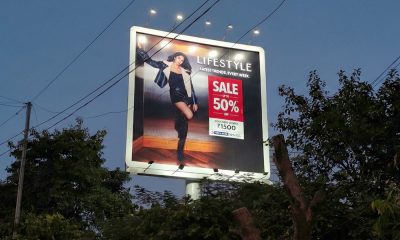
 Campaigns
CampaignsLifestyle takes its big sale blast to the streets with OOH execution
-

 Campaigns
CampaignsSubway delivers sensory feast in London with “Scratch-and-Sniff” OOH billboard
-

 DDX Asia
DDX AsiaLumina Displays to showcase LED display solutions at DDX Asia 2026
